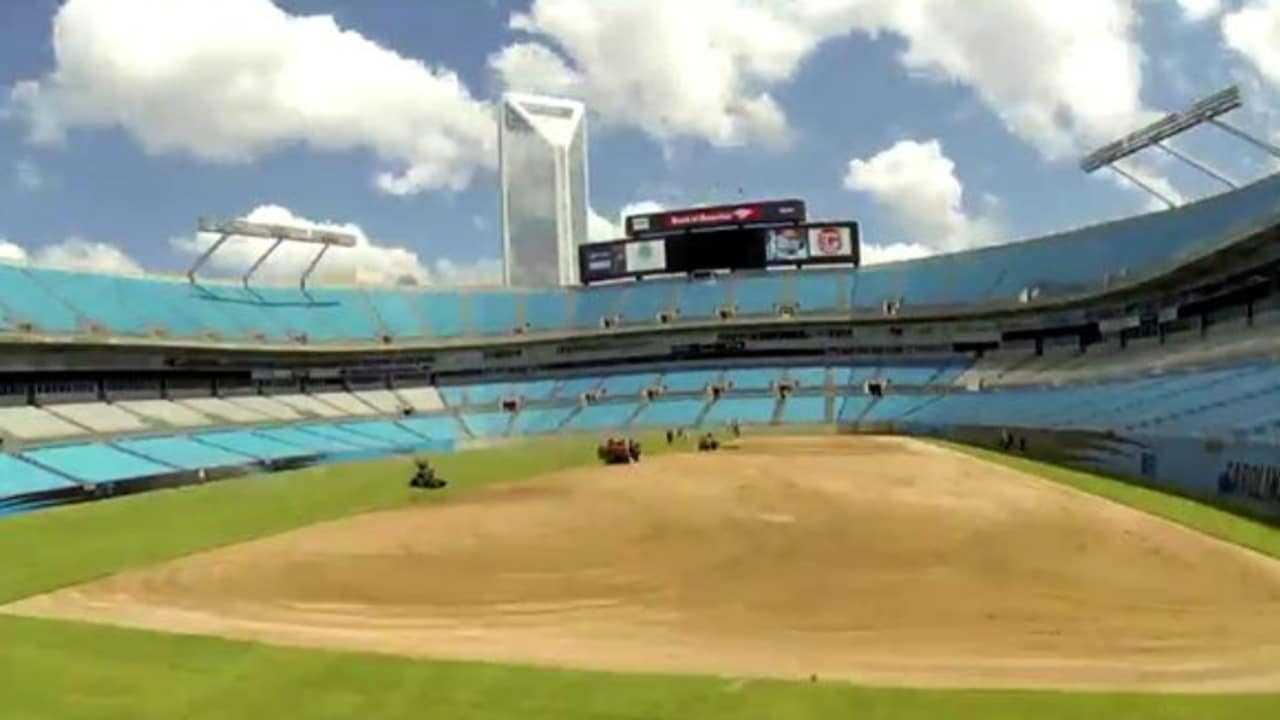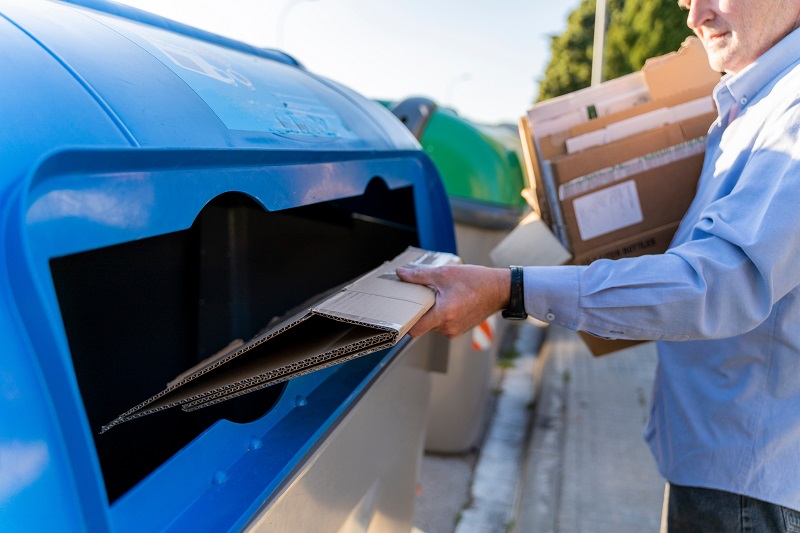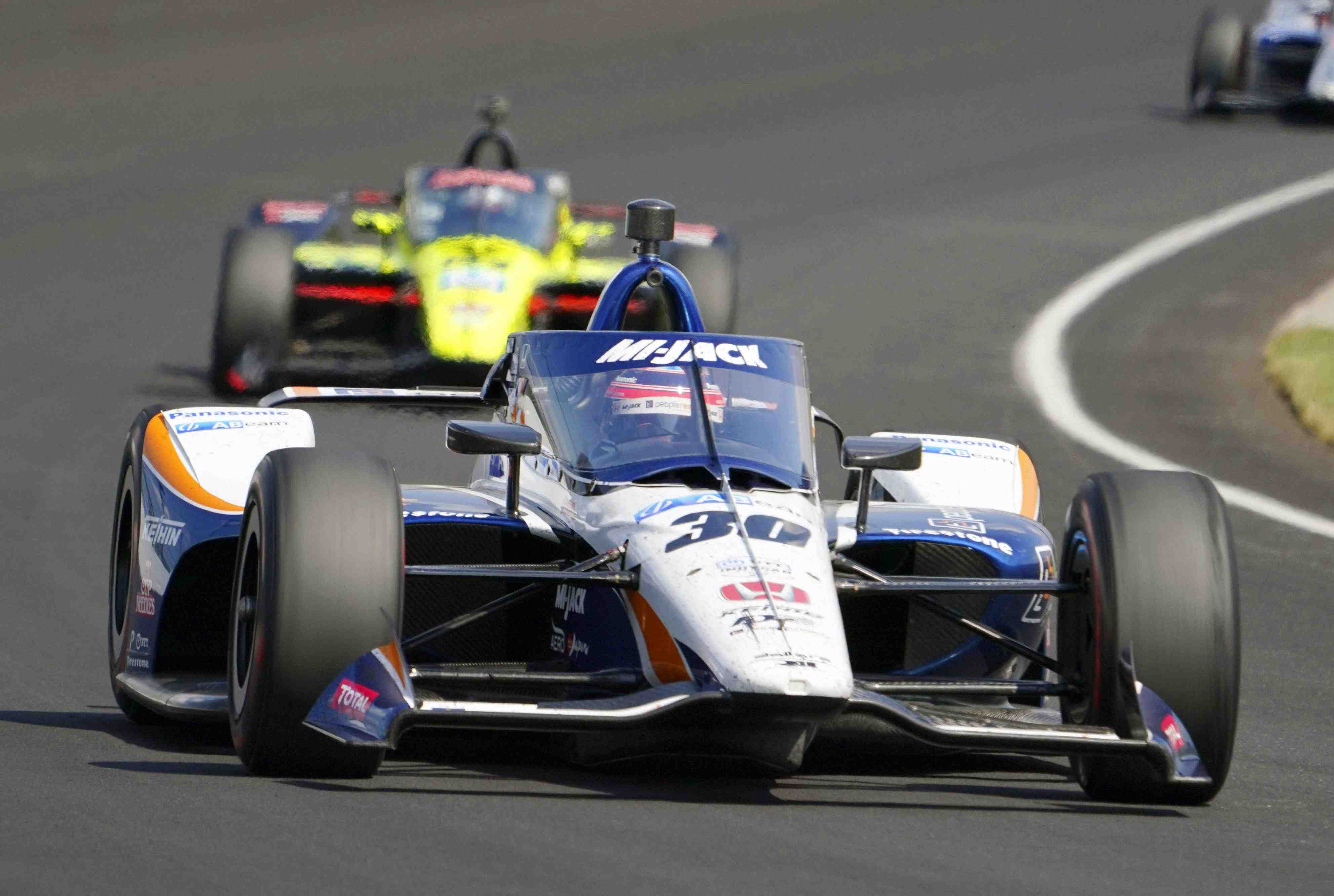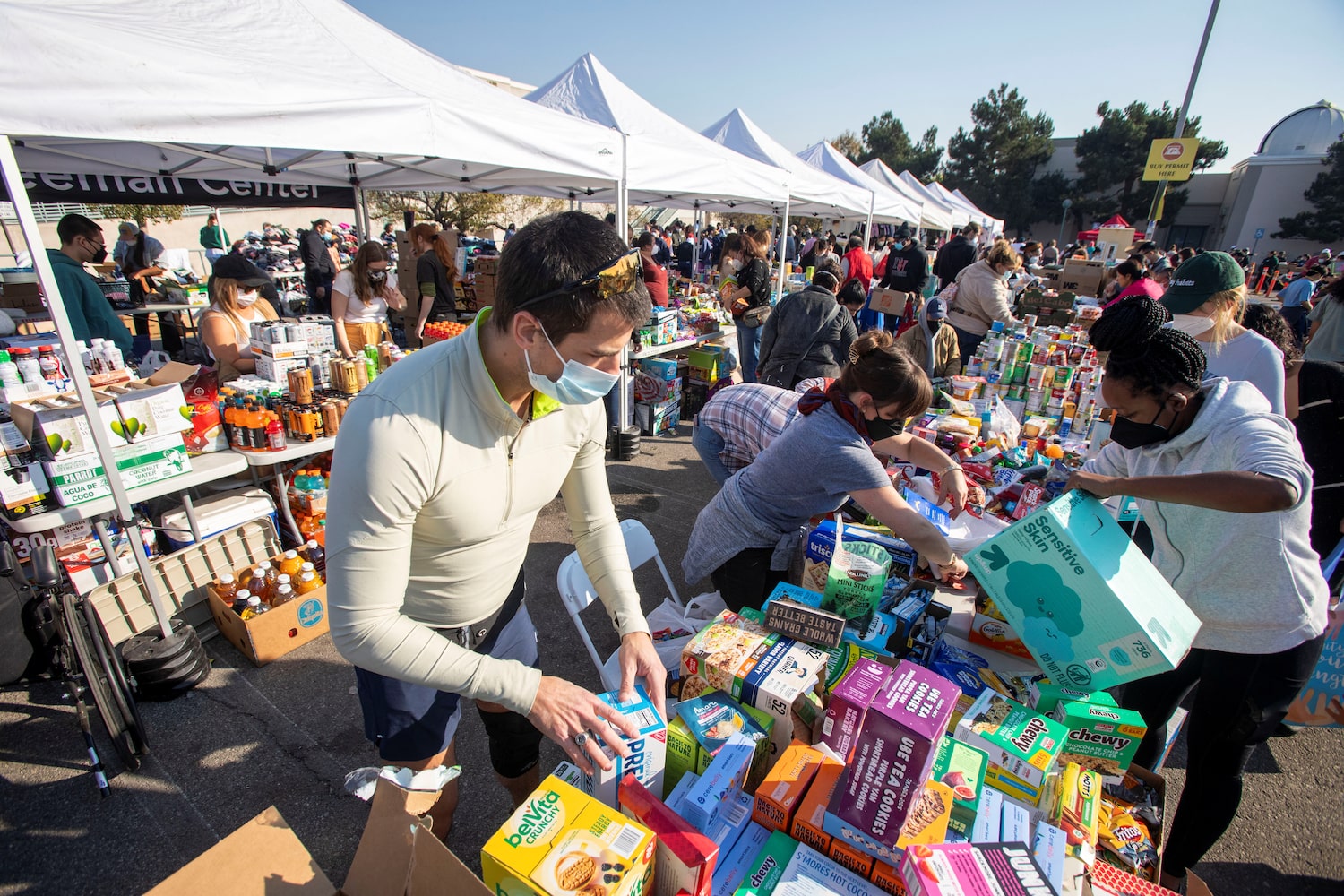Stadium Track Resurfacing Project For Championship Season

Table of Contents
Planning Your Stadium Track Resurfacing Project
Before a single drop of resurfacer is laid, meticulous planning is essential. This phase sets the stage for a smooth and successful project.
Assessing the Current Track Condition
A thorough inspection of your existing track is the cornerstone of effective planning. This assessment identifies areas needing attention, preventing unforeseen delays and cost overruns.
- Methods for assessing track condition: This involves visual inspection for cracks, holes, and discoloration, alongside more advanced surface testing to measure elasticity and evenness. Professional assessment using specialized equipment is highly recommended.
- Identifying types of damage: Look for cracks (linear, alligator-cracking), delamination (separation of layers), and uneven surfaces, all of which affect runner safety and performance.
- Importance of professional assessment: Experts can provide detailed reports identifying the extent of damage and the best course of action, ensuring the most effective and cost-efficient resurfacing strategy.
Choosing the Right Resurfacing Material
Selecting the appropriate resurfacing material significantly impacts the track's longevity, performance, and overall cost.
- Common resurfacing materials: Polyurethane and rubberized surfaces are popular choices, each offering distinct advantages. Polyurethane provides excellent elasticity and shock absorption, while rubberized surfaces offer durability and a consistent running surface.
- Comparison of material properties: Consider factors like durability (resistance to wear and tear), elasticity (shock absorption and energy return), maintenance requirements, and overall cost when making your selection.
- Consideration of IAAF/USA Track & Field regulations: Ensure your chosen material meets the specifications and standards set by governing bodies to guarantee fair competition and athlete safety.
Budgeting and Timeline for Resurfacing
Accurate budgeting and realistic timelines are crucial for a successful project.
- Factors affecting project cost: Material costs, labor costs, permitting fees, and potential unforeseen repairs all influence the overall budget. Obtain multiple quotes from reputable contractors.
- Creating a detailed project timeline: Include all phases, from initial assessment and material selection to application, curing, and final inspection. Factor in potential weather delays.
- Managing potential delays: Have contingency plans in place to address potential setbacks caused by weather conditions, material delivery delays, or unforeseen issues during the resurfacing process.
The Stadium Track Resurfacing Process
This phase involves the careful execution of the resurfacing plan. Precision and attention to detail are paramount.
Preparing the Existing Track Surface
Proper preparation is vital for the new surface to bond correctly.
- Cleaning methods: Thoroughly clean the existing track using high-pressure washing to remove dirt, debris, and any loose material.
- Repairing cracks and holes: Address existing cracks and holes using appropriate patching materials to create a smooth and even base.
- Addressing drainage issues: Ensure proper drainage to prevent water accumulation, which can damage the new surface and create safety hazards.
Applying the New Track Surface
The application process requires precision and expertise.
- Application methods: Depending on the chosen material, application methods may include spraying or pouring. Follow the manufacturer's instructions meticulously.
- Ensuring proper thickness and consistency: Maintaining the correct thickness and consistency is crucial for achieving the desired surface properties.
- Curing time and environmental considerations: Allow sufficient curing time for the new surface to properly harden. Environmental factors such as temperature and humidity will affect the curing process.
Final Inspection and Certification
Final inspection ensures adherence to standards and regulations.
- Inspection checklist: Verify that the resurfaced track meets all specified dimensions, tolerances, and surface properties.
- Compliance with IAAF/USA Track & Field standards: Obtain certification from the relevant governing body to confirm compliance with their regulations.
- Obtaining certification for the resurfaced track: This certification is essential for hosting official championship-level events.
Maintaining Your Newly Resurfaced Track
Proper maintenance extends the lifespan and performance of your track investment.
Regular Cleaning and Maintenance
Routine cleaning prevents dirt and debris buildup, preserving the track's quality.
- Recommended cleaning schedule: Establish a regular cleaning schedule based on usage frequency and environmental conditions.
- Methods for removing debris and dirt: Use appropriate cleaning tools and solutions to remove dirt, leaves, and other debris without damaging the track surface.
- Proper cleaning solutions: Use cleaning solutions that are specifically designed for the type of resurfacing material used.
Addressing Minor Repairs
Addressing small issues quickly prevents them from becoming major problems.
- Identifying minor damage: Regularly inspect the track for small cracks, surface imperfections, or other minor damage.
- Simple repair techniques: Learn how to perform basic repairs like filling small cracks or patching minor imperfections.
- When to contact a professional: For more significant damage, contact a qualified professional for repairs.
Long-Term Track Preservation
Proactive measures maximize the life of your track investment.
- Protective measures: Consider covering the track during inclement weather to protect it from damage.
- Regular inspections: Implement a regular inspection program to identify and address potential issues promptly.
- Proactive maintenance schedule: Develop a proactive maintenance schedule to ensure the long-term preservation of your track.
Conclusion:
A successful stadium track resurfacing project requires careful planning, the selection of high-quality materials, and a commitment to ongoing maintenance. By following the steps outlined in this guide, you can ensure your track is ready to host a championship-level season, providing a safe and high-performance environment for athletes. Invest in your championship season with professional stadium track resurfacing services. Contact us today to learn more!

Featured Posts
-
 Night Hunter A Comprehensive Guide To Nocturnal Wildlife
May 11, 2025
Night Hunter A Comprehensive Guide To Nocturnal Wildlife
May 11, 2025 -
 Kostenoptimierung In Asylunterkuenften Potenzial Von 1 Milliarde Euro
May 11, 2025
Kostenoptimierung In Asylunterkuenften Potenzial Von 1 Milliarde Euro
May 11, 2025 -
 Celtics Unlikely 40 Point Performances A Double Feat
May 11, 2025
Celtics Unlikely 40 Point Performances A Double Feat
May 11, 2025 -
 34th Indy 500 Entry Confirmed Takuma Sato Joins The Race
May 11, 2025
34th Indy 500 Entry Confirmed Takuma Sato Joins The Race
May 11, 2025 -
 Is Betting On The Los Angeles Wildfires A Sign Of The Times Exploring The Ethics And Implications
May 11, 2025
Is Betting On The Los Angeles Wildfires A Sign Of The Times Exploring The Ethics And Implications
May 11, 2025
